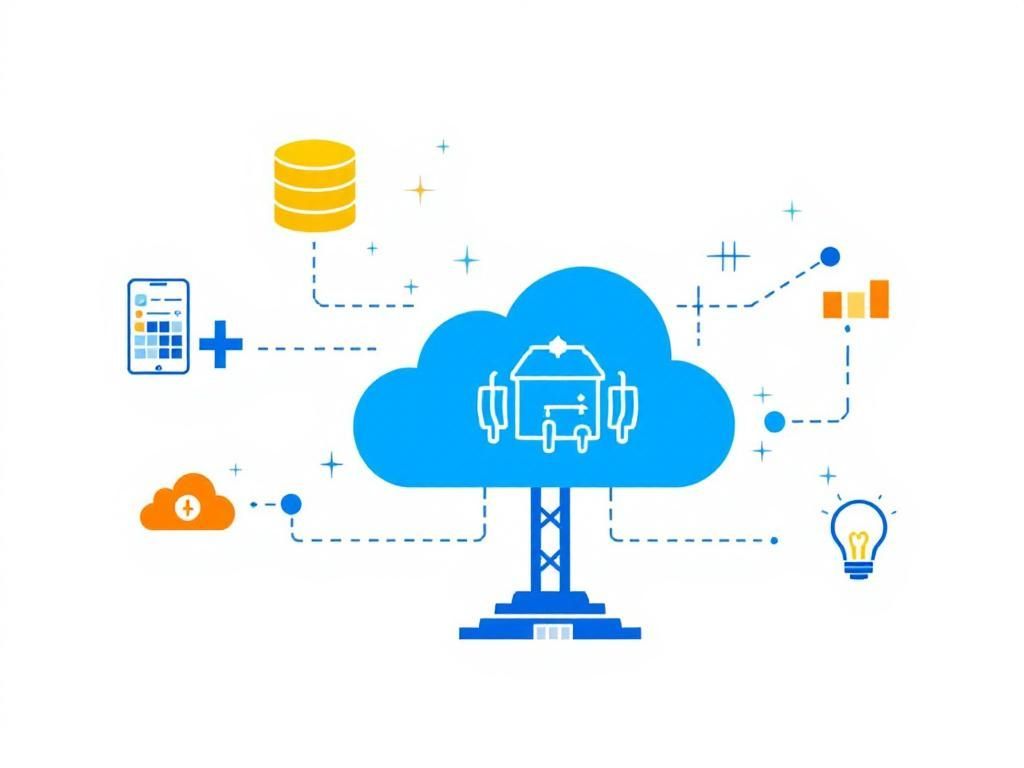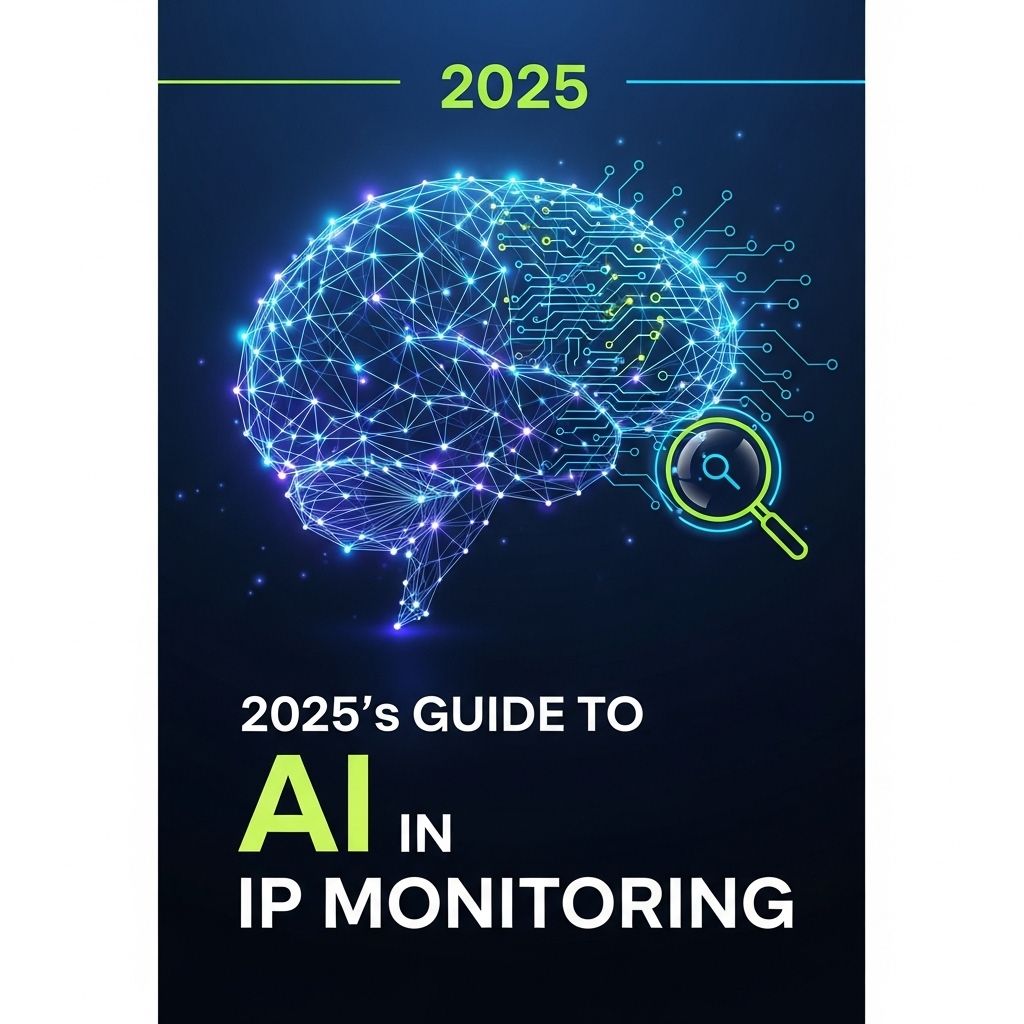Harnessing Hybrid IT: Merging On-Premise and Cloud Solutions
Explore how hybrid IT solutions blend on-premise infrastructure with cloud computing for enhanced flexibility and efficiency. Discover key benefits and strategies.

In today’s rapidly evolving technological landscape, businesses are increasingly looking for ways to optimize their IT infrastructure. The concept of Hybrid IT solutions has emerged as a compelling approach that seamlessly integrates on-premise systems with cloud services. This article delves into the fundamentals of Hybrid IT, its benefits, challenges, and how organizations can effectively implement such solutions to enhance their operational efficiencies.
Table of Contents
Understanding Hybrid IT Solutions
Hybrid IT refers to an environment that combines private cloud, public cloud, and on-premise resources. It allows organizations to choose the best environment for each workload, striking a balance between performance, cost, and security.
Key Components of Hybrid IT
- On-Premise Infrastructure: This includes traditional data centers and servers that organizations own and manage.
- Public Cloud: Services offered by third-party providers (e.g., AWS, Google Cloud, Azure) that are accessible over the internet.
- Private Cloud: Cloud infrastructure that is dedicated to a single organization, providing enhanced security and control.
Benefits of Hybrid IT Solutions
Adopting Hybrid IT solutions can offer numerous advantages to organizations:
1. Flexibility and Scalability
Organizations can dynamically allocate resources between on-premise and cloud environments based on fluctuating workloads, allowing for:
- Quick scaling of resources during peak demand.
- Cost-effective management of resources based on specific project needs.
2. Enhanced Security
Hybrid IT allows sensitive data to remain on-premise while leveraging cloud services for less critical workloads. This approach can reduce the risk of data breaches and improve compliance with regulatory requirements.
3. Cost Efficiency
By utilizing public cloud services, businesses can minimize capital expenditure (CapEx) and shift to operational expenditure (OpEx). This results in:
- Lower upfront costs for infrastructure.
- Pay-as-you-go pricing models for cloud services.
Challenges of Implementing Hybrid IT
Despite its advantages, transitioning to a Hybrid IT model presents certain challenges:
1. Integration Complexity
Connecting on-premise systems with various cloud platforms can be technically challenging. Organizations need strategies for:
- Data integration and synchronization.
- Managing different security protocols across platforms.
2. Data Security Concerns
With data stored across multiple environments, maintaining security can be complicated. Organizations must address:
- Establishing consistent security policies.
- Monitoring data access across various platforms.
3. Skills Gap
The successful deployment of Hybrid IT solutions requires a workforce skilled in both traditional IT management and cloud technologies. Organizations may face:
- A shortage of skilled professionals.
- The need for continuous training and development.
Strategies for Successful Hybrid IT Implementation
To effectively implement Hybrid IT solutions, organizations should consider the following strategies:
1. Assess Workload Requirements
Understanding the specific requirements of different workloads is crucial. Businesses should:
- Evaluate which applications are best suited for cloud deployment.
- Identify which data needs to remain on-premise for security or compliance reasons.
2. Choose the Right Cloud Partner
Selecting the appropriate cloud service provider (CSP) can significantly impact the success of Hybrid IT. Considerations include:
| Criteria | Importance |
|---|---|
| Security Features | High |
| Cost Structure | Medium |
| Support Services | High |
| Compliance Certifications | High |
3. Implement Robust Security Measures
Security should be a top priority. Steps to consider include:
- Establishing a unified security framework across environments.
- Regularly updating and auditing security protocols.
Future of Hybrid IT Solutions
The landscape of IT is continually changing, and Hybrid IT solutions are expected to evolve alongside it. Emerging technologies such as:
- Artificial Intelligence (AI)
- Internet of Things (IoT)
- Edge Computing
are likely to play pivotal roles in shaping future Hybrid IT implementations. Organizations that stay ahead of these trends can leverage them for competitive advantage.
Conclusion
Hybrid IT solutions offer a pathway for organizations to optimize their IT infrastructure by integrating on-premise and cloud resources. While challenges exist, the benefits in flexibility, security, and cost efficiency make it a compelling choice for businesses seeking to thrive in the digital age. By adopting strategic implementation practices, organizations can unlock the full potential of Hybrid IT and position themselves for future growth.
FAQ
What are hybrid IT solutions?
Hybrid IT solutions combine on-premise infrastructure with cloud services, allowing businesses to leverage both environments for optimal performance and flexibility.
What are the benefits of using hybrid IT solutions?
The benefits of hybrid IT solutions include improved scalability, cost efficiency, enhanced security, and the ability to meet specific business needs by utilizing both on-premise and cloud resources.
How can hybrid IT solutions enhance business continuity?
Hybrid IT solutions enhance business continuity by providing redundancy through cloud backups and disaster recovery options, ensuring that critical data and applications remain accessible during outages.
Is transitioning to hybrid IT solutions difficult?
Transitioning to hybrid IT solutions can vary in complexity depending on existing infrastructure, but with a well-planned strategy and expert guidance, businesses can achieve a smooth integration.
What types of businesses benefit most from hybrid IT solutions?
Businesses of all sizes and industries can benefit from hybrid IT solutions, particularly those with fluctuating workloads, compliance requirements, or a need for both secure on-premise resources and scalable cloud services.
How do I choose the right hybrid IT solution for my business?
To choose the right hybrid IT solution, assess your business needs, evaluate your current infrastructure, consider security requirements, and consult with IT professionals to identify the best mix of on-premise and cloud services.







